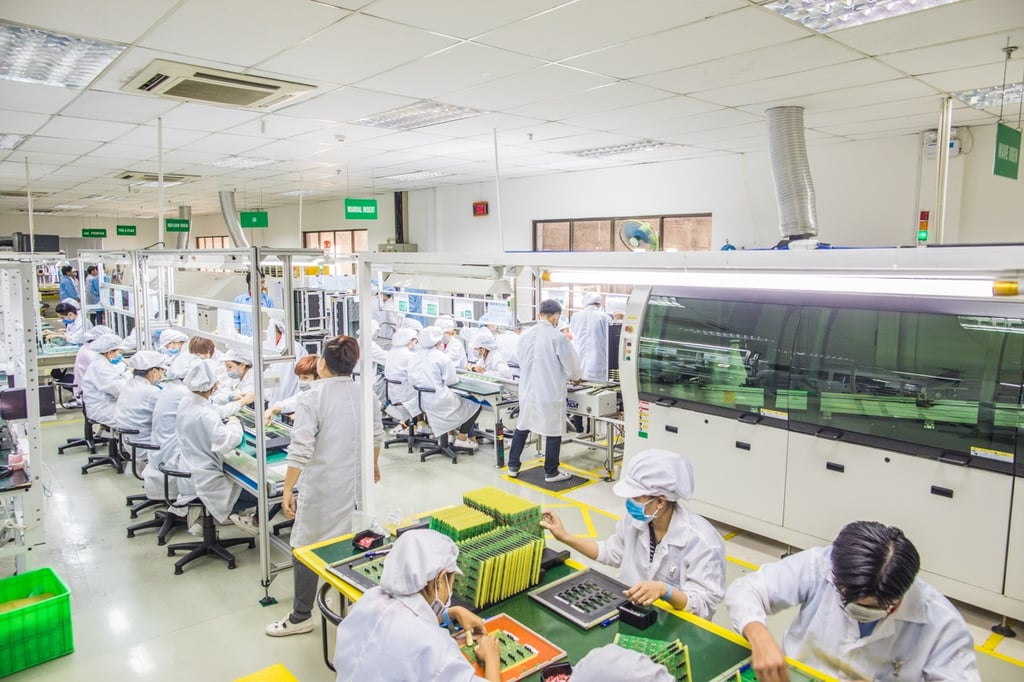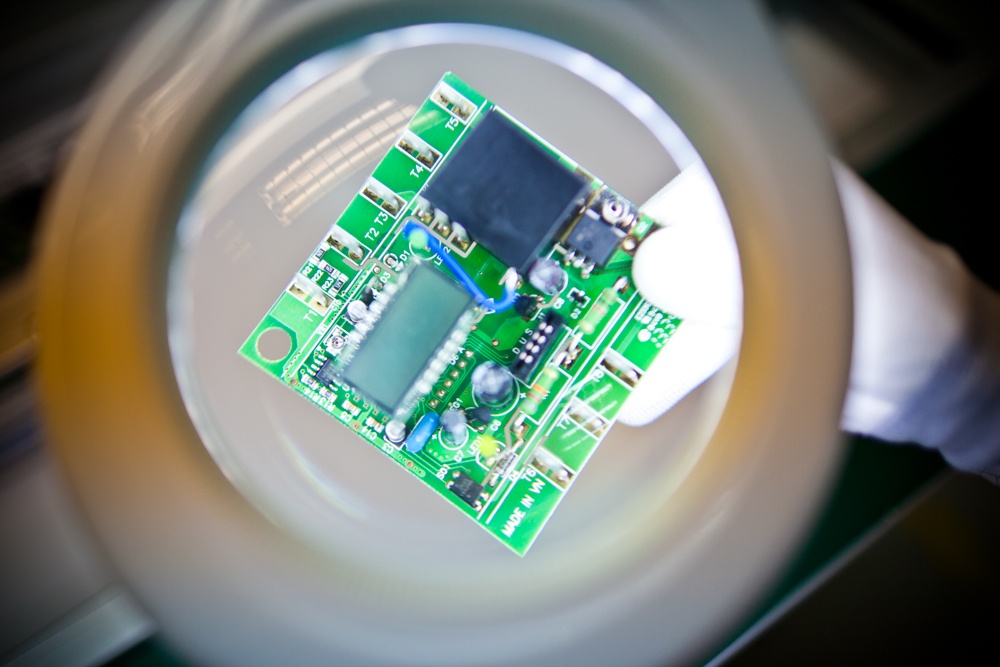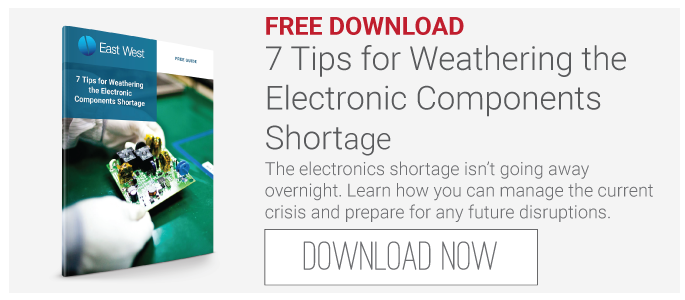
Q&A With VP of Supply Chain
With the rise of IoT, increased electronics in everything from home automation to new cars, it seems the supply (today it’s MLCC and resistor Chips) and demand surges of electronics components create waves of shortages. It’s no secret we’re either coming out of one shortage or heading into another. What’s causing these shortages and how to plan to minimize the impact on production and your wallet.
We sat down with, Steven Lustig, the Vice President of Supply Chain at East West, to find out the answers to those questions. Steven has the credentials and, more importantly, the experience to address the issues customers are facing in light of the electronics components shortfall. He also offers advice on how to navigate the crisis in the short term and how you can turn this into an opportunity for improvement over the long haul.
What caused the electronics shortage?
The shortage appears to be coming from increasing demand, across all sorts of market segments in a lot of different global markets, and suppliers having been impacted by excessive inventory in the past (during the economic slowdown/recession), not building up capacity to meet that demand.
It’s gotten to a critical point where they’re just unable to meet it. It’s really a simple supply and demand imbalance. The imbalance is now in favor of too much demand.
Are we talking about just specific types of components?
It seems to be all sorts of components across the board — small commodity type capacitors and resistors. We’re seeing those get tight on supply with rising prices as well as custom integrated circuits (IC) which are more complicated and have longer lead times. We’re seeing lead times of 20 weeks on some basic parts. We’re seeing quoted lead times (which doesn’t mean we can’t find better) of up to 10 months to a year.
Are customers aware of this situation?
It varies. Companies we’ve worked with whose products contain electronics are generally not surprised. Companies that are either procuring their own electronics or have other existing products through other companies are hearing the same message and they know, so they’re not surprised. The companies who don’t fall into those categories are surprised. Often, when we tell them (about the shortage) it’s the first exposure they have to it.
Is any of the shortage material-related?
It’s not. If you look back 20 years ago, maybe, there were tantalum caps (capacitors) which was a very specific supply problem that was, I believe, related to the tantalum material. There was a shortage for those specific capacitors for a very long time to the point where people who were designing tantalum capacitors replaced them with other boards. Here it seems to be everything. It’s not a material shortage, it’s a fabrication shortage.
And that was suppliers not building up inventory because they’d gotten burned in the past…
It was more factory capacity. They saw growth in the market, but they didn’t react fast enough to the trend, so it got to the point where it overloaded their capacity. They’re beyond the point where even reasonable levels of overtime would help them.
Is this happening in every manufacturing market (China, Vietnam, etc.)?
Yes, we’re seeing this in multiple markets, even in the U.S. One of our customers acknowledged seeing the same problem in Europe.
What are companies doing to lessen the effect on customers?
There are a number things they can do. Part of it is having relationships with the right distributors and manufacturers, having supply agreements in place, whether it’s vendor managed inventory or other agreements. Sometimes it means working with the customer. For example, sometimes the customer has specified certain parts be used because they may have existing supply or pricing agreements with that chip supplier. In those cases, we’ve been engaging with them, almost in three-party discussions — the customer, the chip supplier and ourselves. In some cases, it’s been successful, in other cases it hasn’t really helped that much. The answer is still “there are no parts available.” Really the key is having relationships with the right people, the right companies in the industry and then to leverage that as best you can.

How can customers avoid or mitigate the effects of the shortage?
It’s understanding the lead times they’re given for the products. It’s ordering their parts through forecast. As you can imagine, even ordering customer products within forecast now, if it’s got electronics, it’s going to be even more challenging. If new lead times come from your manufacturer, it’s understanding that and doing the best you can to meet that. Now, it may not be reasonable if they come back saying it will be a year, but I doubt someone would come back with a year. In that case, the assumption would be you’ll try to find that part somewhere else, but if a high percentage of your parts have now gone out by a couple months, it’s probably not realistic to say your lead time is still what it was.
Customers planning around (the shortage) are giving authorization to order, either placing their purchase orders with the manufacturers earlier or giving authorization for manufacturers to purchase those long lead time components further in advance, and assuming responsibility for them. That’s another way to alleviate it. They do not necessarily have to purchase 100 percent of the parts on the board, but the manufacturers can identify, “Here are your long lead time components, here are the ones that are more than 3 months,” for example. We can go and order those in advance, but the customer needs to agree to that and take financial responsibility for those parts should they decide not to use them. For example, if the forecasts go down or if they make a product change, it’s not really the manufacturers responsibility to have financial liability.
Because you’re just trying to do them a favor…
Right. And manufacturers generally won’t do that favor unless they have something in writing. Back in the dot.com bust, a few them got hit hard because they didn’t have those agreements in place. Everything was going up fast, fast, fast, they ordered more parts and they were fine to do that, then suddenly things fell off the cliff. Manufacturers got stuck with it and the OEMs either did not have any legal responsibility for it or didn’t honor that legal responsibility. So, they’re very cautious to only advance order the parts the customer has liability for either because they placed an order or because they have an agreement to order certain parts in advance to avoid certain lead times based on a forecast.
It seems like that much of the situation and how well it’s managed comes down to the relationship you already have with the contract manufacturer. If you have a good, trusting relationship, it goes a long way toward helping the situation. After all, there’s really nothing the CM can do, right? If a customer is given this long lead time news, they’re dealing with their CM, not the supplier in Vietnam. So, they better have a good relationship with the people here. They should believe their CM is acting in their best interest.
Sure. It’s the relationship. It’s the size. If you’re a small customer at a very large place, that large place might be focusing on getting parts for the larger customers. When they do get allocation of materials, where’s it going to go first? It’s a question of whether you’re engaged at the right size place and do you have the right relationship, and do they have the relationships with the distributors that they need to have to try to help. Now is not the time to become friends with the chip manufacturing people and distributors and say, “Oh hey! Can you do me a favor?” That time is passed.
Do you have advice on how to build that kind of relationship between the customer and CM?
It’s a trust factor that the manufacturer is going to do what’s in the customer’s best interest without creating negative financial impact to the manufacturer themselves. Having the willingness to create agreements where you order on a regular basis, not just in a crisis, where you either have the lead time that’s farther out that reflects market fluctuation and lead times, or that you have a system in place that allows the manufacturer, without having to ask on every single PO, to purchase long lead time parts that are specified on an ongoing basis so you can at least be prepared. Having those orders in place may put you higher in the line than if you order a month later, you’d be farther in the back.

This reminds me of Apple iPhone batteries that were offered at a lower price and how Apple misjudged the number of people who would want to replace their batteries…
It’s a little bit like Tesla. My understanding is that the first people to have the shot at ordering a Tesla and getting it were those who had already bought previous versions of Tesla. They had the relationship with the company, they put the advance purchase down like everybody else. In their case the car wasn’t ready on time, so now you have a shortage and people are waiting longer than they expected to, but the people who get them earlier are those who had that previous relationship (they bought from them before) and then it comes down to the people who put their deposits down earlier.
The parallel is, you’ve been working with the manufacturer for a long time, you give them orders in advance to lead time and you give them the ability to order long lead time components beyond that. It doesn’t mean the manufacturer needs to order all $20 worth of components for the board; maybe it’s only $3 or $4 that have a really long lead time. Right now, that number’s probably a bit higher. But we can learn from this. After this crisis goes away the question is: how do we get in a better position, steady state, to prevent this from happening whenever the next cycle comes? How do we mitigate that proactively?
Is that being discussed or is the industry still in crisis mode?
I think it’s still in crisis mode. We haven’t gotten past the crisis peak where orders are being confirmed and you can see the supply. But really, the key is the method we put in place of having the approval to order parts that are long lead time.
For example, if the lead time from the manufacturer to the customer is 16 weeks, this means you may need to have parts in 12 to 14 weeks, but some parts have 20- to 24-week lead times then you order them earlier. If you create that as your process now, during this crisis, and you maintain it and just adjust what’s on that list, when lead times go down and some parts fall into shorter lead times you’ve got a process to handle this. The longer lead time parts are now covered and still being ordered as needed and, in the future, if lead times for a particular part go up again, you can quickly react because there’s a system in place.
The manufacturer knows, now I need to add this part to that list, the agreement is already in place, the customer just needs to approve these three parts and here we go. You don’t wait for the lead time to jump from 16 weeks to 32 weeks. When you see that it goes to 20 to 24 (weeks) you put it on the list and order when you need it. Manufacturers should have ERP systems that can handle that, but it’s a matter of having the agreement with the customer.
Now is a great opportunity, once we finish fire-fighting, to keep those types of systems in place for the long term. It’s like anything. You can learn from it or you can react, go through crisis mode and go back to what you were doing before waiting for the next crisis to appear.




.jpg?width=176&height=56&name=MR_associatedNetwork_logo%20(1).jpg)